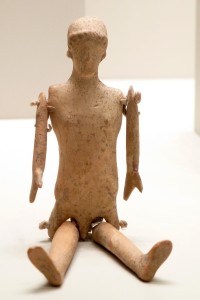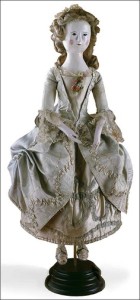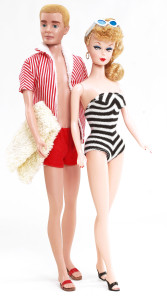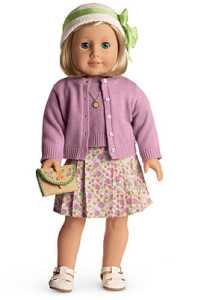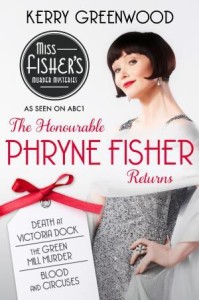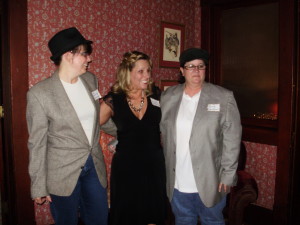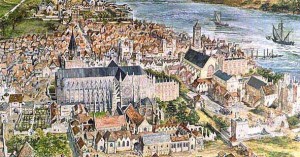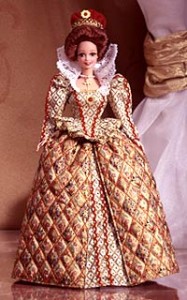 It’s contest time at my Amanda Carmack website! Sign up for my newsletter list for the chance to win an advance copy of Murder at Hatfield House and an Elizabethan Barbie to help you read it!! (My site is here, just click on the Contest Page) I’ve gotten so many emails from people with their own favorite childhood doll stories, so I thought I would take a quick look at the history of dolls here….
It’s contest time at my Amanda Carmack website! Sign up for my newsletter list for the chance to win an advance copy of Murder at Hatfield House and an Elizabethan Barbie to help you read it!! (My site is here, just click on the Contest Page) I’ve gotten so many emails from people with their own favorite childhood doll stories, so I thought I would take a quick look at the history of dolls here….
Dolls have been around as long as human civilization. Though no prehistorical dolls have been found (that I could discover in my research, anyway), but there is a fragment of an alabaster doll with movable arms from Babylonian times. In ancient Egypt, there were dolls made of flat pieces of wood, with hair made of strings of beads. There have also been pottery dolls found in graves from as far back as 2000 BC.
The ancient Greek and Roman graves of children have also yielded dolls, very lifelike ones of of wood, ivory, or wax, with movable limbs and sometimes little clothes of their own. I read a legend that sometimes when girls grew up and were considered too “old” for dolls, they donated them to the altars of domestic goddesses…
Renaissance and later in Europe saw a boom in the demand for dolls. Mothers of all social classes made rag dolls for their daughters, but the wealthier classes wanted fine dolls of wax or porcelain. There were “fashion dolls” for grown women to look at gowns, and girls played with very similar styles. In the early 1800s, composition (a mix of pulped wood or paper pressed into a mold, made a more affordable and durable alternative). In the Victorian age, every little girl wanted a French “bebe” (much like every girl wants an American Girl now!). They were among the first to depict a younger child rather than a grown lady, and her clothes were always very fashionable and elaborate. Bisque dolls made in Germany were similar, but cheaper.
The availability of plastics in the 1940s, and the development of vinyl dolls in the ’50s and ’60s revolutionized dolls, like my mom’s Chatty Cathy and Barbie (both of which were passed down to me! I played with Barbie, but CC sort of scared me, so she stayed in the closet)
My husband’s niece was given an American Girl Kit doll for her birthday, and at a family weekend a few weeks ago she carried the doll with her everywhere!! Her brothers were NOT allowed to touch the doll….
What was your favorite childhood doll story?? If you could have any doll now, what would it be? (and be sure and enter my drawing for your very own Elizabethan Barbie!)

